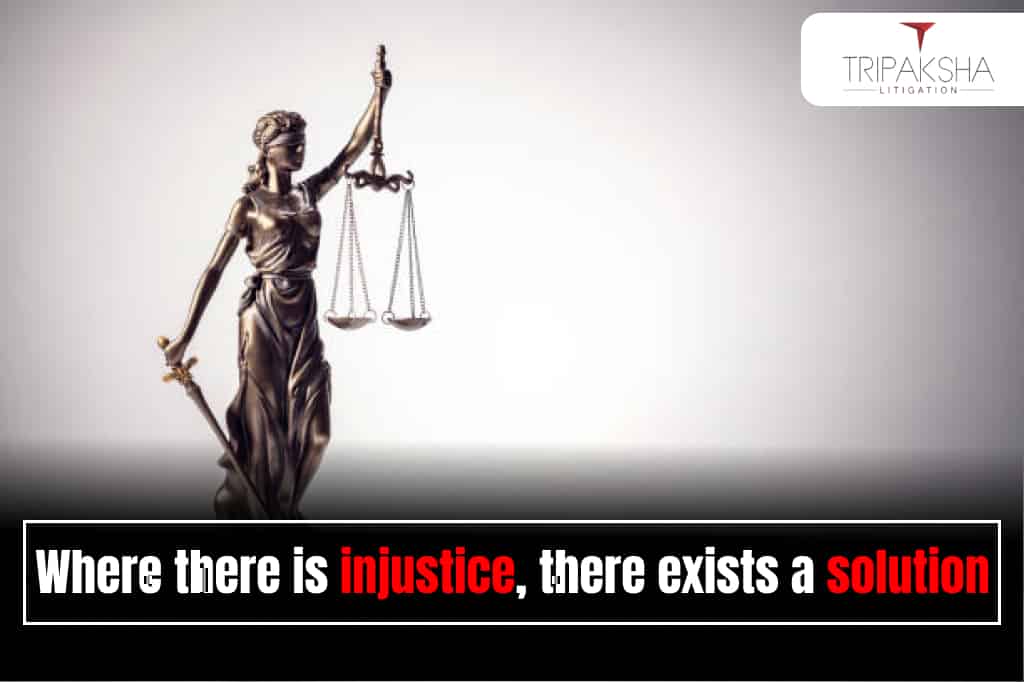Categories: Legal Articles
Introduction:
In the realm of law, the maxim “Ubi Jus Ibi Remedium” holds profound significance, serving as a guiding principle in remedial jurisprudence. Translated from Latin, it means “where there is a right, there is a remedy.” This principle underscores the fundamental notion that legal systems are designed to provide avenues for redress when rights are violated. In this comprehensive exploration, we delve into the essence of “Ubi Jus Ibi Remedium,” its application in various legal contexts, exceptions, and illustrative cases, highlighting its crucial role in ensuring access to justice and upholding individual rights.Understanding the Maxim:
At its core, “Ubi Jus Ibi Remedium” embodies the inseparable link between rights and remedies within the legal framework. Put simply, it asserts that every legal right carry with it a corresponding legal remedy. This principle emphasizes the notion that individuals who suffer harm or infringement upon their rights are entitled to seek recourse through the legal system. Whether it pertains to breaches of contract, tortious conduct, or violations of statutory rights, the maxim underscores the inherent entitlement of aggrieved parties to seek redress for legal wrongs.Applicability and Scope:
The principle of “Ubi Jus Ibi Remedium” finds application across a wide spectrum of legal contexts. In cases of contractual disputes, parties have the right to seek specific performance or damages for breaches of contract. Similarly, individuals harmed by the negligent actions of others can pursue compensation for their injuries through tort law. Moreover, violations of statutory or constitutional rights can give rise to remedies such as injunctions or monetary awards. However, it is important to recognize that the maxim is not without limitations. While it ensures access to justice in many instances, some exceptions and constraints may circumscribe its application. For example, moral or political wrongs that do not amount to legal violations fall outside the purview of this principle.Illustrative Cases:
To illustrate the practical implications of “Ubi Jus Ibi Remedium,” we turn to real-world examples. In the case of Ashby v. White, the plaintiff, Ashby, was wrongfully denied the opportunity to vote in a parliamentary election. Even though his preferred candidate won the election, Ashby’s legal right to vote had been infringed. The court ruled in favor of Ashby, affirming his entitlement to enforce his legal right and providing compensation as a remedy for the violation. Similarly, in the landmark case of Donoghue v. Stevenson, the principle of “Ubi Jus Ibi Remedium” was invoked to establish liability for negligence in tort law. Mrs. Donoghue, a consumer who consumed a contaminated drink, successfully sought damages from the manufacturer, Stevenson, for breaching his duty of care. These cases exemplify how the maxim ensures that individuals have access to legal remedies when their rights are infringed.Conclusion:
In conclusion, “Ubi Jus Ibi Remedium” stands as a cornerstone of remedial jurisprudence, affirming the principle that where there is a legal right, there is a corresponding legal remedy. This maxim underscores the fundamental notion that legal systems exist to uphold and enforce rights, providing avenues for redress when those rights are violated. While it ensures access to justice in myriad legal contexts, it is essential to recognize its limitations and exceptions. Nevertheless, the enduring significance of “Ubi Jus Ibi Remedium” in safeguarding individual rights and ensuring fairness within the legal system cannot be overstated. As legal practitioners, it is incumbent upon us to uphold and advocate for this principle, ensuring that justice remains accessible to all.You may contact me for consultation or advice by visiting Contact Us and Call us








